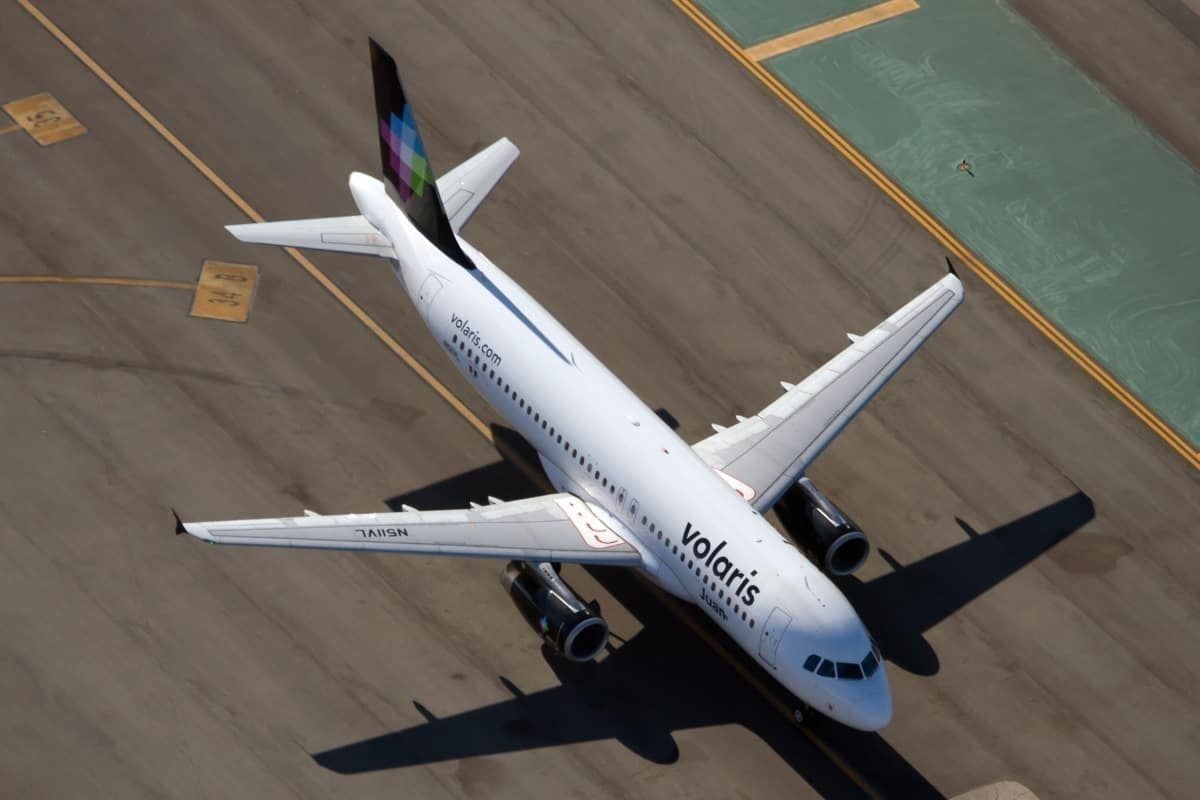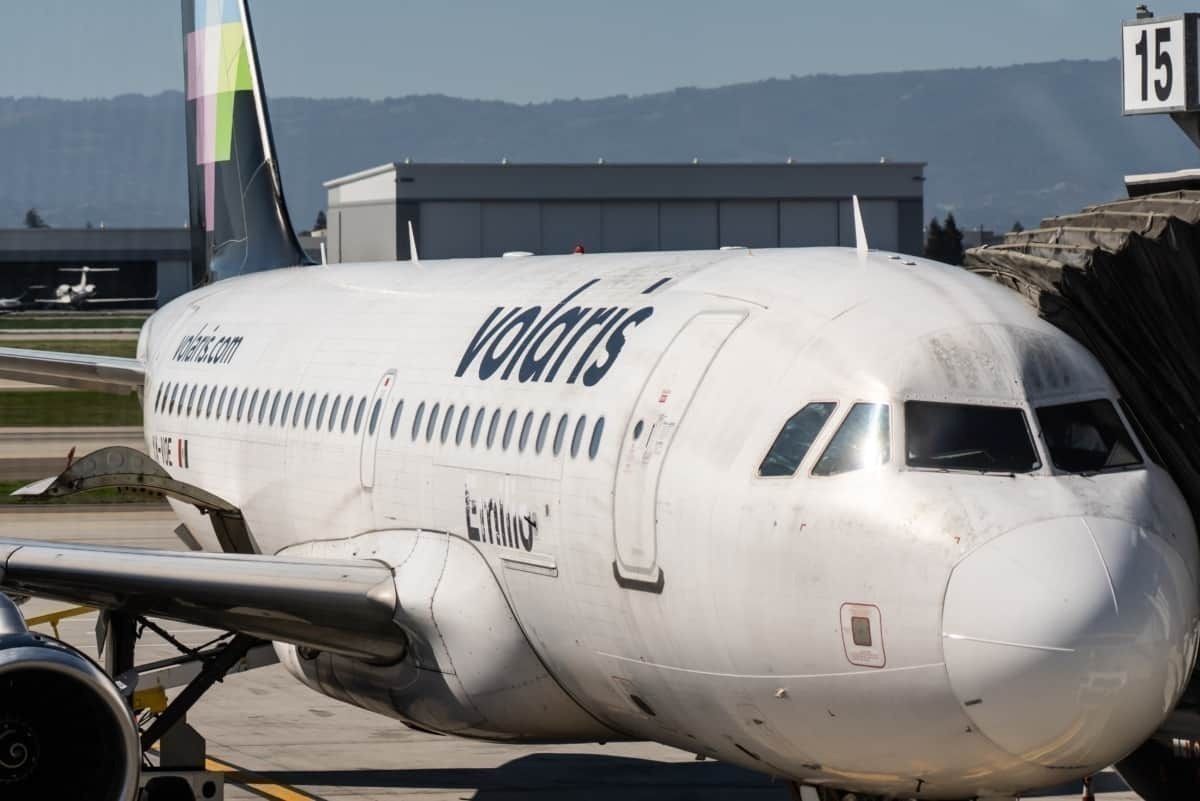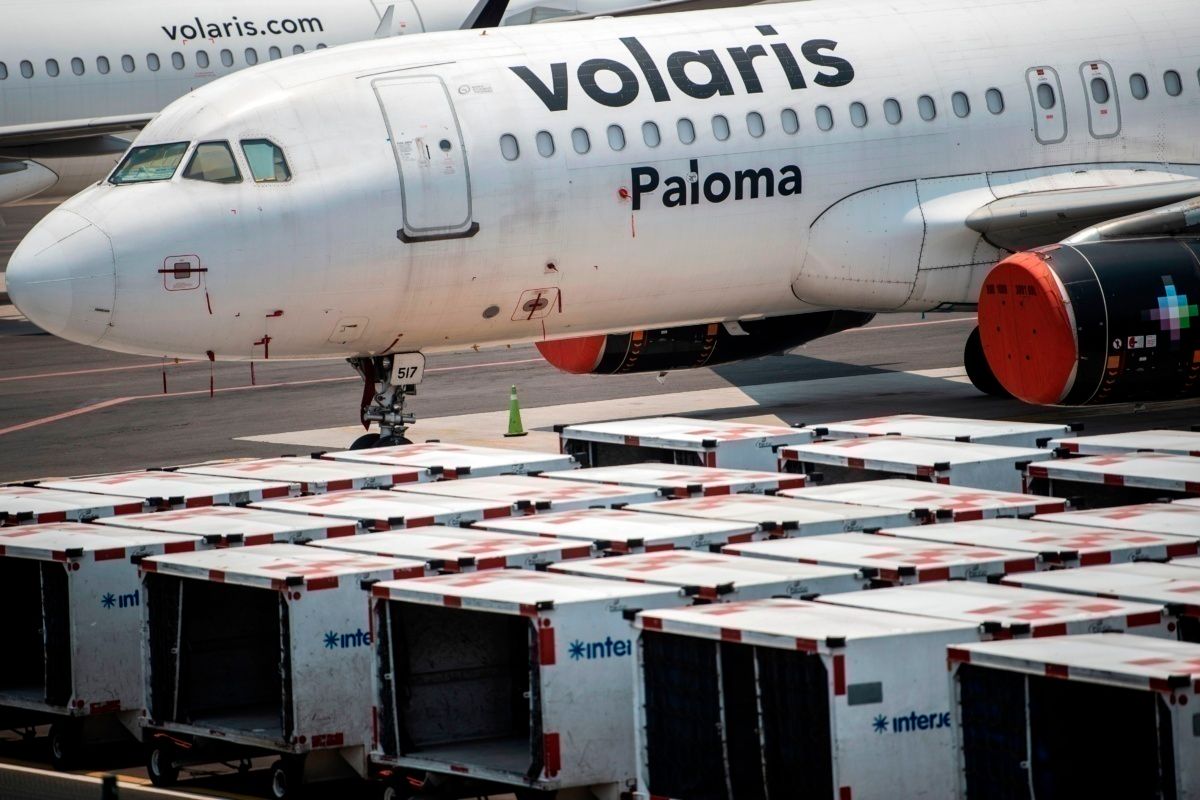The Mexican ultra-low-cost carrier Volaris had a net loss of $137 million in the first half of 2020, due to the coronavirus pandemic. Nevertheless, the company is in the driver’s seat to emerge as the top airline in Mexico. Some analysts predict that Volaris will have nearly 50% of the country’s market share when the year ends. Let’s investigate further.
Is Volaris in trouble? - We don’t think so
During the first quarter of 2020, Volaris had incredible growth, just like one of its competitors, Viva Aerobus. Coronavirus didn’t hit Mexico until the last week of March. It was not until May that the Mexican air industry hit bottom.
Stay informed: Sign up for our daily aviation news digest.
According to the financial statements, Volaris operated in April at 18% of its planned capacity, and the next month it was at 12%. But, by June, Volaris had bounced back to 41% of its original Available Seat Miles (ASM).
Nevertheless, the ultra-low-cost carrier had an 81.7% decrease in its total income during the second quarter. To face this uncertainty, Volaris launched a strategy to preserve cash, and it seems to be working.
The Mexican airline ended the first half of the year with over ten billion pesos (US$454 million) in cash —this amount represented 35% of the operative incomes of the last 12 months. Also, Volaris has maintained itself as the second airline worldwide with the lowest costs, making it easier to compete in an ultra-low-cost environment.
For the third quarter, Volaris expects to recover from the current crisis. The airline will operate 70% of its original capacity by August. If it pulls it up, we could be seeing a V-shaped recovery for this airline. Although, Volaris has to be careful as it still has a load factor under its breaking-even point, with 69.3% in its domestic operations (last year, it was 84.2%). The break-even point for Volaris was 75% in 2019.
There’s another aspect which tells us that Volaris is not in trouble: it is winning the domestic market share race.
Volaris is set to win this race
A few weeks ago, Volaris CEO Enrique Beltranena said that the carrier had increased its market share from 29% to 40%. Volaris achieved this thanks to its low-cost model, but also thanks to the issues its competitors are having. As we know, Aeromexico is in Chapter 11, and Interjet is down to less than a tenth of its original fleet.
But Volaris has done a lot of other things well. Kevin Wilson, co-creator of the business plan for Volaris in 2005, sent Simple Flying a document sharing his views of the current state of the company.
During the last decade, Mexico’s airline market has had an annual growth of 9% on the domestic side and 8% on the international. Meanwhile, Volaris has grown 19 and 23%, respectively. In 2019, Volaris surpassed Aeromexico as the largest domestic airline, by the number of passengers. Kevin Wilson said,
“For the last 15 years, Volaris has steadily grown and refined its business model to become the largest, most efficient, and lowest cost airline in Mexico. (The) reduction of capacity by two competitors will force a reallocation of valuable and supply-constrained Mexico City slots [...] with Volaris best positioned to reap the benefits.”
In 2006, when the airline was founded, it had 4.0% of the market share. Thanks to the current state of affairs, the carrier’s market share has clime to 50% in June. “I fully expect Volaris’ share to settle in or increase above these levels,” said Wilson.
What about its competition?
As we’ve stated, Volaris’ competition is in deep trouble. The only carrier that is also in a somewhat stable position is Viva Aerobus.
Actually, according to Latin American consultant, René Armas Maes, Viva Aerobus currently has the lead in restoring its capacity in the domestic Mexican market. But, Grupo Aeromexico and Interjet are not in a favorable situation at the moment.
Aeromexico announced last week the return of 19 airplanes of its fleet, and more could follow. Meanwhile, Interjet has lost 61 of the 66 Airbus planes it had at the beginning of the year. It is currently operating with a fleet of four Sukhoi regional jets. Also, Interjet recently received a $150 million investment. In terms of the current pandemic, it is not a large amount of money.
As Kevin Wilson said about Interjet,
“If they do manage to survive through to the end of the pandemic, it will because they took the approach of staying small and growing slowly, which will have long term strategic implications for Interjet.”
What do you think of Volaris’ current situation? Let us know in the comments.



